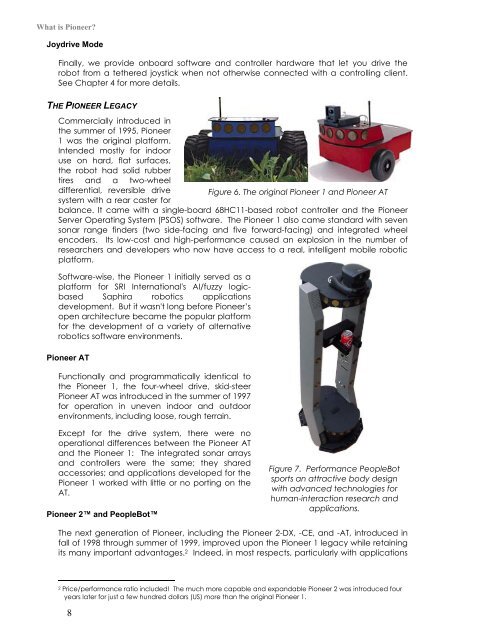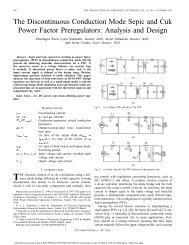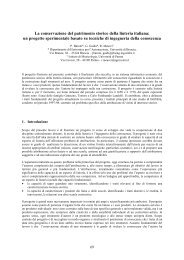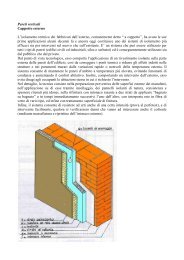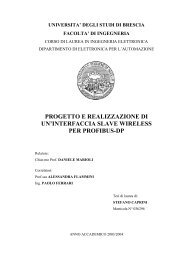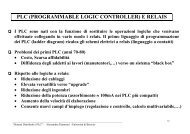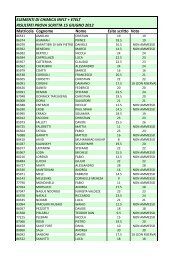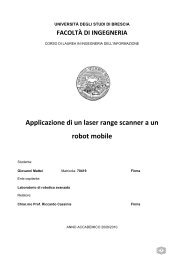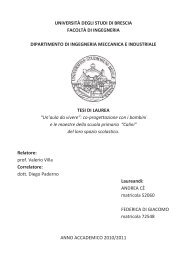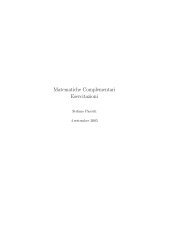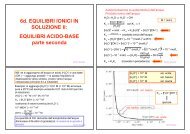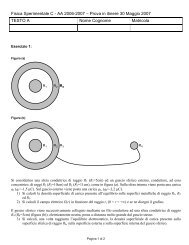Pioneer 3™ Operations Manual
Pioneer 3™ Operations Manual
Pioneer 3™ Operations Manual
You also want an ePaper? Increase the reach of your titles
YUMPU automatically turns print PDFs into web optimized ePapers that Google loves.
What is <strong>Pioneer</strong>?<br />
Joydrive Mode<br />
Finally, we provide onboard software and controller hardware that let you drive the<br />
robot from a tethered joystick when not otherwise connected with a controlling client.<br />
See Chapter 4 for more details.<br />
THE PIONEER LEGACY<br />
Commercially introduced in<br />
the summer of 1995, <strong>Pioneer</strong><br />
1 was the original platform.<br />
Intended mostly for indoor<br />
use on hard, flat surfaces,<br />
the robot had solid rubber<br />
tires and a two-wheel<br />
differential, reversible drive Figure 6. The original <strong>Pioneer</strong> 1 and <strong>Pioneer</strong> AT<br />
system with a rear caster for<br />
balance. It came with a single-board 68HC11-based robot controller and the <strong>Pioneer</strong><br />
Server Operating System (PSOS) software. The <strong>Pioneer</strong> 1 also came standard with seven<br />
sonar range finders (two side-facing and five forward-facing) and integrated wheel<br />
encoders. Its low-cost and high-performance caused an explosion in the number of<br />
researchers and developers who now have access to a real, intelligent mobile robotic<br />
platform.<br />
Software-wise, the <strong>Pioneer</strong> 1 initially served as a<br />
platform for SRI International's AI/fuzzy logicbased<br />
Saphira robotics applications<br />
development. But it wasn't long before <strong>Pioneer</strong>’s<br />
open architecture became the popular platform<br />
for the development of a variety of alternative<br />
robotics software environments.<br />
<strong>Pioneer</strong> AT<br />
Functionally and programmatically identical to<br />
the <strong>Pioneer</strong> 1, the four-wheel drive, skid-steer<br />
<strong>Pioneer</strong> AT was introduced in the summer of 1997<br />
for operation in uneven indoor and outdoor<br />
environments, including loose, rough terrain.<br />
Except for the drive system, there were no<br />
operational differences between the <strong>Pioneer</strong> AT<br />
and the <strong>Pioneer</strong> 1: The integrated sonar arrays<br />
and controllers were the same; they shared<br />
accessories; and applications developed for the<br />
<strong>Pioneer</strong> 1 worked with little or no porting on the<br />
AT.<br />
<strong>Pioneer</strong> 2 and PeopleBot<br />
Figure 7. Performance PeopleBot<br />
sports an attractive body design<br />
with advanced technologies for<br />
human-interaction research and<br />
applications.<br />
The next generation of <strong>Pioneer</strong>, including the <strong>Pioneer</strong> 2-DX, -CE, and -AT, introduced in<br />
fall of 1998 through summer of 1999, improved upon the <strong>Pioneer</strong> 1 legacy while retaining<br />
its many important advantages. 2 Indeed, in most respects, particularly with applications<br />
2 Price/performance ratio included! The much more capable and expandable <strong>Pioneer</strong> 2 was introduced four<br />
years later for just a few hundred dollars (US) more than the original <strong>Pioneer</strong> 1.<br />
8


